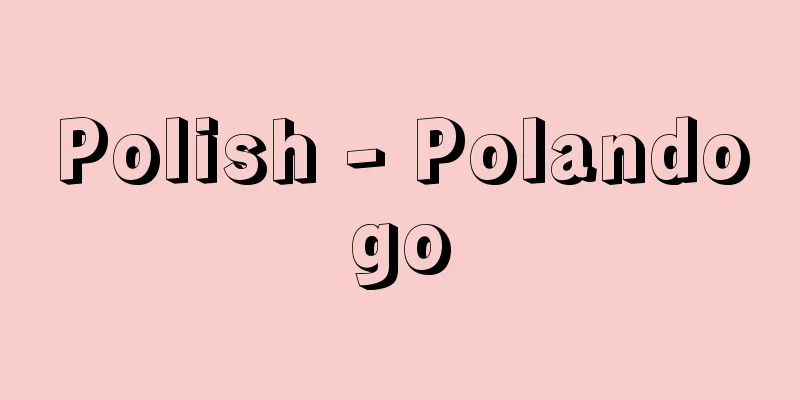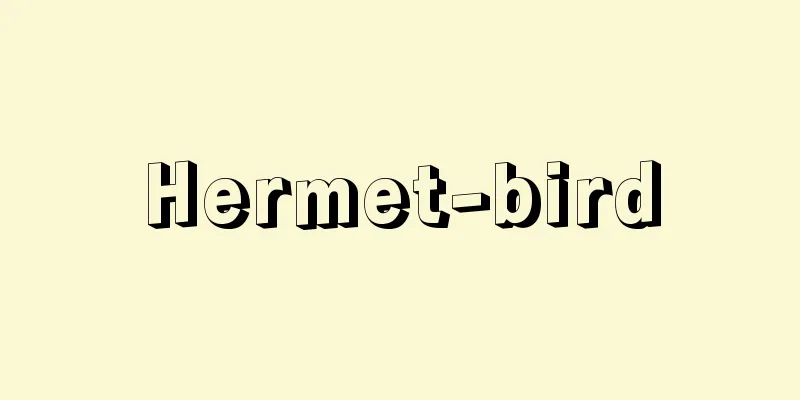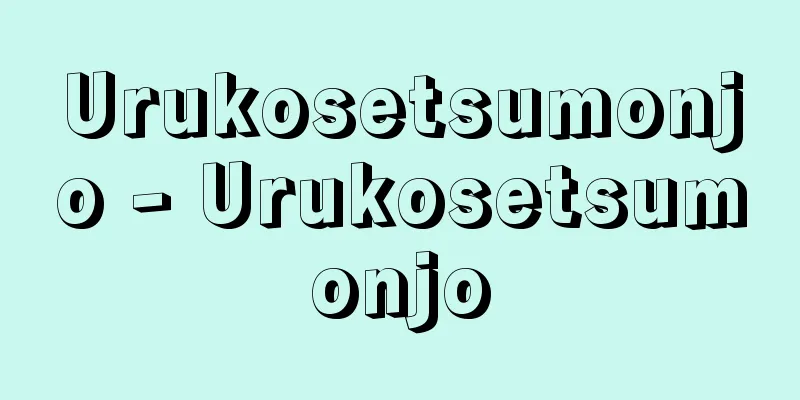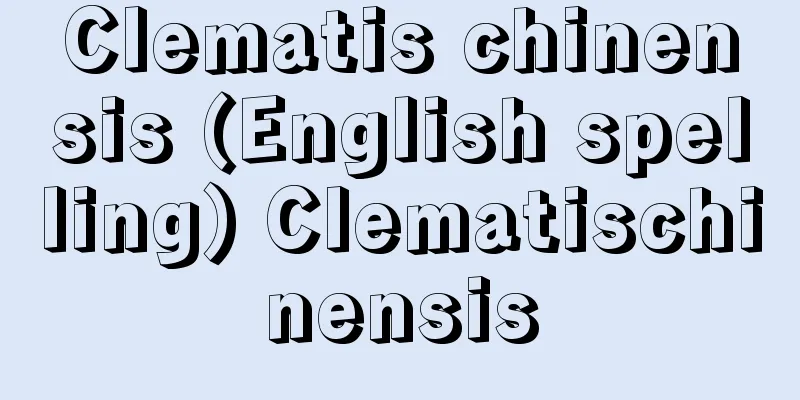Polish - Polandogo

|
It is a language belonging to the Slavic branch of the Indo-European language family. It is one of the Slavic languages that make up the West Slavic group along with Czech, Slovak, and Sorbian. It is currently the official language of Poland. It is also widely spoken in Czech Republic, which borders Poland, Ukraine, parts of Belarus, and the United States. Polish developed in the 8th and 9th centuries from the dialects of tribes along the Oder, Warta and Vistula rivers, and became an independent language with the establishment of the Polish state at the end of the 10th century. The most important standards of written language were developed in the 12th to 15th centuries, and the flowering of Polish Renaissance literature by such writers as Rey and Kochanowski in the 16th century led to the standardization and widespread use of the language. Polish is the second most powerful literary language after Russian among the Slavic languages, and it became an extremely rich and refined language, especially thanks to the outstanding romantic poets and realist writers who inherited the traditions of Western culture. Polish, like other Slavic languages, has a very rich inflection system. It has noun, pronoun-adjective and numeral inflections, and changes endings according to case, number and gender. Conjugation involves the categories of person and number in the present tense, and person, number and gender in the past and compound future tense. There are seven cases, number is singular and plural, and gender is differentiated between male, female and middle in the singular and male human and female thing in the plural. The main characteristics of Polish are the preservation of nasal vowels, which other Slavic languages have lost, the fixation of accent on the penultimate syllable, the disappearance of differences between short and long vowels, and the change of palatal sounds t', d' and r' to c', dz' and rz. [Masatoshi Obara] Source: Shogakukan Encyclopedia Nipponica About Encyclopedia Nipponica Information | Legend |
|
インド・ヨーロッパ語族のスラブ語派に属す一言語。スラブ語のなかではチェコ語、スロバキア語、ソルブ語とともに西スラブ語グループをつくっている。現在ポーランドの公用語。ほかにポーランドのチェシンと接するチェコのチェスキ・チェシーン、ポーランドと接するウクライナ、ベラルーシの一部、アメリカ合衆国などに多くの話し手をもつ。 ポーランド語は、8~9世紀に、オーデル川、ワルタ川、ビスワ川流域の諸部族の方言がもとになり発達し、10世紀末ポーランド国家が成立したのに伴い、独立した言語として成立した。12~15世紀にもっとも重要な書きことばの規範が発達、16世紀にはレイ、コハノフスキらのポーランド・ルネサンス文学の開花によって、文語の規範化、普及が進んだ。ポーランド語は、スラブ語のなかではロシア語に次ぐ有力な文語で、とりわけ西欧文化の伝統を継ぐ優れたロマン主義詩人、リアリズム作家らによって、きわめて完成度の高い豊かな言語となった。 ポーランド語はほかのスラブ語同様きわめて豊かな屈折をもつ。名詞型、代名詞=形容詞型、数詞型の曲用(屈折)をもち、格、数、性に従って語尾を変化させる。活用は、現在変化では人称と数、過去および合成未来変化では人称、数、性の範疇(はんちゅう)がかかわる。格は七つ、数は単・複、性は単数で男・女・中、複数で男性人間と女性事物に区別される。ほかのスラブ語が失った鼻母音の保存、アクセントの語末から二番目の音節への固定、母音の長短の差異の消滅、口蓋(こうがい)音t´、d´、r´の、c´、dz´、rzへの変化などがおもな特徴となっている。 [小原雅俊] 出典 小学館 日本大百科全書(ニッポニカ)日本大百科全書(ニッポニカ)について 情報 | 凡例 |
<<: Polish Socialist Party (English spelling) Polskie Partia Socjalne
>>: Polish Brotherhood - Bracia polscy
Recommend
Karikachi Tunnel
...This saddle in the northern Hidaka Mountains i...
Dysosma pleiantha (Hance) Woodson
A perennial herb of the Berberidaceae family. The ...
special visual effects
…Special photographic effects (or special visual ...
Vlah
...It is linguistically proven that they shared a...
Hotel Ritz
…The Japanese translation of Escoffier's book...
Atta
…Of the approximately 10 genera and 200 species o...
Lord Chancellor
… [Foreign Systems] (1) United Kingdom Judges are...
Seiichiro Ono - Seiichiro Ono
Legal scholar. Born on January 10, 1891 in Moriok...
Coin lockers
A locker for personal belongings that can be used ...
Queretaro (English spelling)
The capital of the state of Queretaro in central M...
Ionians - Ionians (English spelling)
A tribe of ancient Greeks. They spoke an Ionian di...
Hirohata family
The Masagimachi-Genji clan is an aristocratic fami...
kris
... When gypsies are nomadic, they move in groups...
Brachionus plicatilis (English spelling)
… [Minoru Imajima]. … From [Rotifera (rotifers)] ...
Urology - Urology
It is a branch of clinical medicine and is a rela...








![Uji [city] - Uji](/upload/images/67cafc20b43e0.webp)
